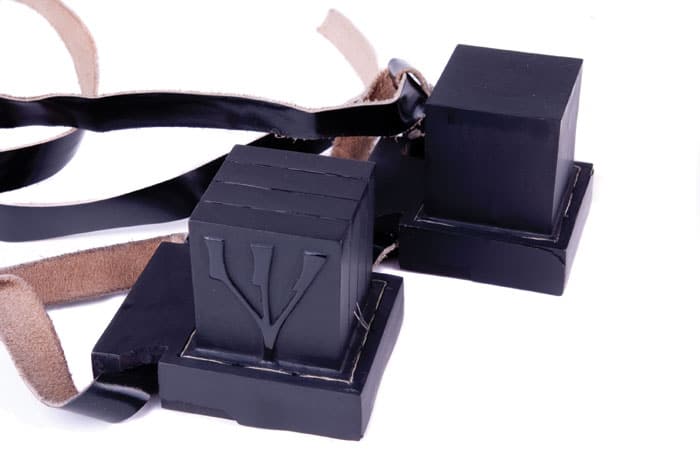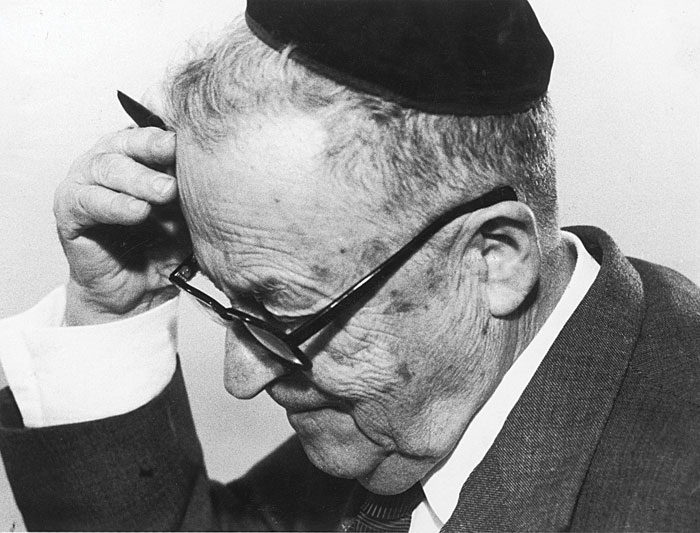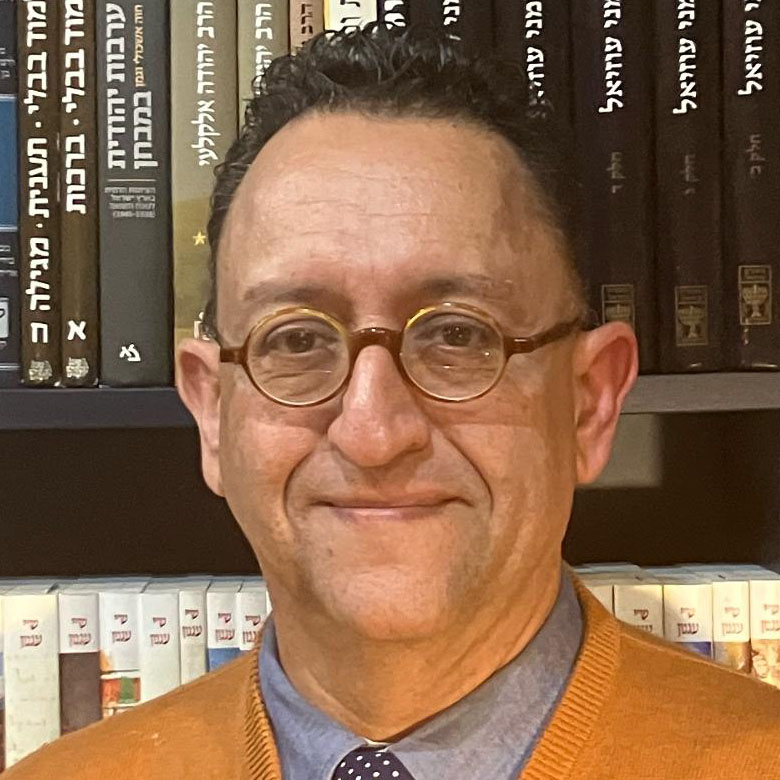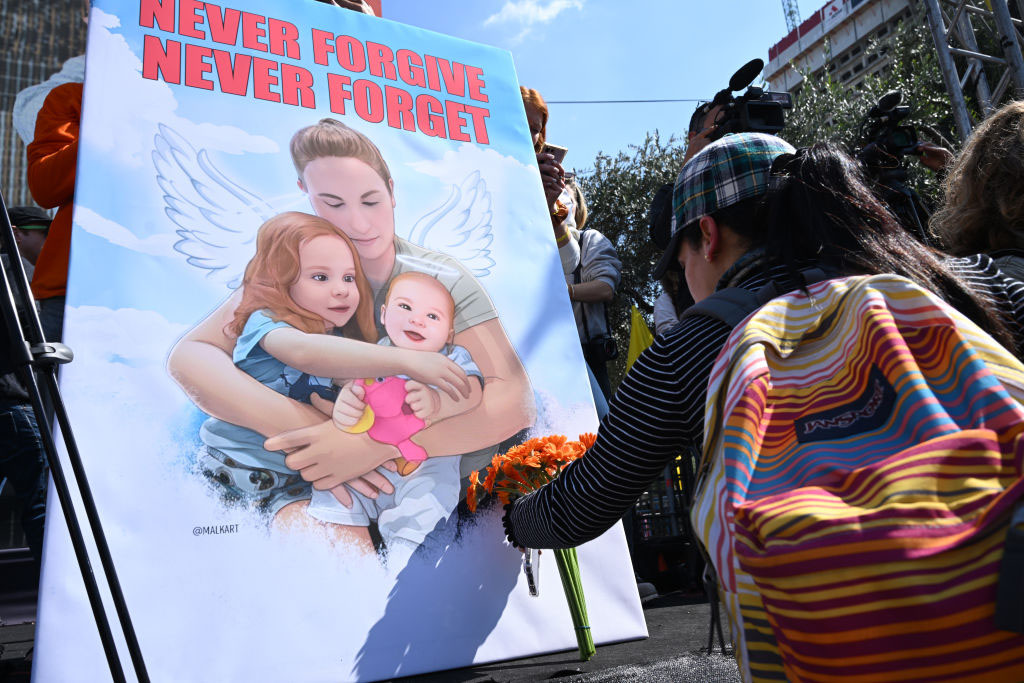
In February 1985, the short stories and novels of S.Y. Agnon were the furthest thing from my mind. I was deep in Southern Lebanon with my IDF platoon, near the coastal city of Tyre. Surrounded by Palestinian refugee camps and hostile terror groups, the environment wasn’t quite conducive to enjoying an Agnon story over a cup of coffee.

Warnings had reached us of threats to attack IDF convoys with suicide car bombers. It was the day before Tu B’Shevat, and we had some dry fruits packed in our belongings, hoping to somehow celebrate under these less than ideal circumstances.
Late in the afternoon we were suddenly ordered to pack everything up in a hurry, as our assistance was needed in a security situation that had arisen. We loaded everything into our safari truck, geared up in helmets and bullet proof vests and were ready to roll. As we left our outpost, a suicide car bomber flashed out of nowhere and attempted to ram into our safari truck. He triggered a loud, massive explosion that turned into a ball of fire that surrounded us. Thankfully, his explosion triggered just a split second before his intended impact with our safari truck. Otherwise we would have never survived.
On that truck were fourteen soldiers, all of our personal equipment, lots of ammunition and explosives, some dried fruits for Tu B’Shevat—and fourteen pair of tefillin, including my beautiful tefillin purchased for me with love by my parents.
Many years before that incident, in 1926, a young S.Y. Agnon wrote a story titled “Two Pairs” (“Shnei Zugot”). The adult narrator tells the story of his beautiful pair of tefillin from his Bar Mitzvah. These tefillin were special, as their parchments were written by a famous scribe named Rabbi Elimelech.
“On the day of my Bar Mitzvah I went to the mikvah and I was adorned like a bridegroom,” describes the narrator. “In my hand when I came to school were my tefillin in a carrying bag of black silk with filaments of pale silver spelling out a Star of David, as well as my name and my father’s name. The bag was tied with a reddish yellow drawstring and inside were my two tefillin.”
The narrator proceeds to describe his unique pair of tefillin. They were used, not new, but nonetheless very special:
“After finishing my prayers (on my Bar Mitzvah day) I told my friends that my father had gone to the scribe with the intention of buying a plain new pair of tefillin. I told them that on his way to buy tefillin he happened on the opportunity to buy a pair written by Rabbi Elimelech. He said to himself that these were the most beautiful tefillin he had ever seen and he insisted on buying them for me.”
Agnon’s beautiful message about these particular tefillin is about the personal attachment we create to a ritual item. New is not always better.
Agnon’s beautiful message about these particular tefillin is about the personal attachments we create to accompany ritual items. New is not always better. In this case, used tefillin whose parchments were written by a special scribe held deeper meaning than those of the narrator’s friends, which—in Agnon’s words—“sparkled and smelled of new leather.” Do our ritual objects hold any personal meaning to us beyond their intrinsic sanctity?
For me, my tefillin that went up in flames in Lebanon were more than sacred ritual items. Just a few years earlier, my parents came to visit me in Israel, and on that trip bought me a brand new pair of tefillin in Jerusalem. The quality of those tefillin “sparkled and smelled of new leather,” but my connection to them ran much deeper. Different from my Bar Mitzvah tefillin, these were chosen and purchased in my presence, together with both my parents. I will never forget their expressions of happiness laden with tears of joy when I tried them on in the store. For some reason I cannot express in words, it was a magical moment in our lives. These tefillin had more love and emotion than those from my Bar Mitzvah. These were the tefillin given to me by “Maman and Papa.” It was these tefillin that sadly went up in flames that day. I loved that pair, much like Agnon says in his story: “How I loved them.”
For me, my tefillin that went up in flames in Lebanon were more than sacred ritual items.
Agnon’s story hauntingly ends like my own: “A short time later, my house burned down, and the tefillin burned with it.” When I first read Agnon’s “Two Pairs,” many years after my own tefillin burned, I re-experienced my own trauma in Agnon’s story.
“The day of perfection has not yet arrived in this world, so I went and bought new tefillin.” So tells Agnon at the end of his story. I, too, went and bought new tefillin. Indeed, nothing is perfect. The tefillin written by Rabbi Elimelech burned in a fire, and so did the ones purchased with love by my parents. Neither “new pair” can ever replace the earlier ones. The special pair can never be brought back. What remains are the memories of their unique beauty and meaning.
For Agnon, the memories of Rabbi Elimelech’s tefillin are inscribed in his story, using his gift with words, images and ideas. For me, the memories of my tefillin from my parents are inscribed deep in my heart.
The “new tefillin” I purchased are with me to this day, and when I wear them in the morning, they serve as much more than a “reminder of God’s commandments.” I see shades of the burnt pair purchased with love by my parents, but am also reminded of another special moment my parents and I experienced together, when they also shed tears of joy: when they learned that I survived that awful bombing.
Agnon’s tefillin burnt, and so did mine. Thankfully, we both lived to tell our stories.
Rabbi Daniel Bouskila is the Director of the Sephardic Educational Center and the rabbi of the Westwood Village Synagogue. His monthly column on Agnon appears on the first Thursday of the month.























 More news and opinions than at a Shabbat dinner, right in your inbox.
More news and opinions than at a Shabbat dinner, right in your inbox.